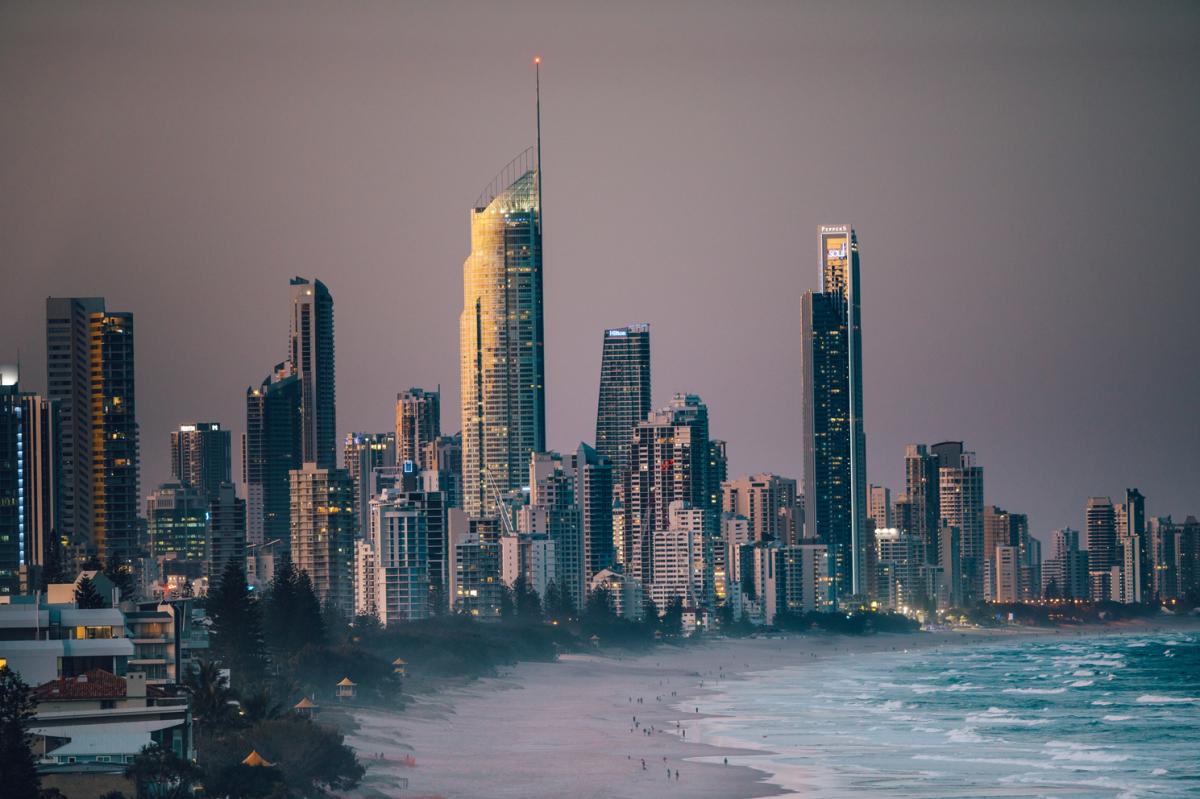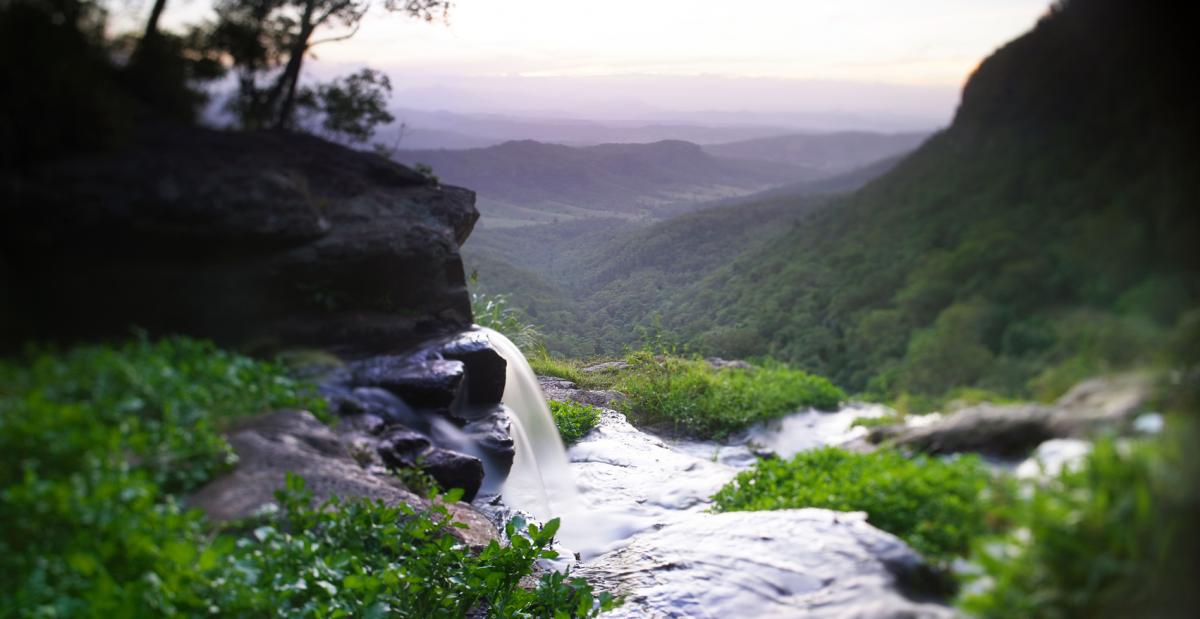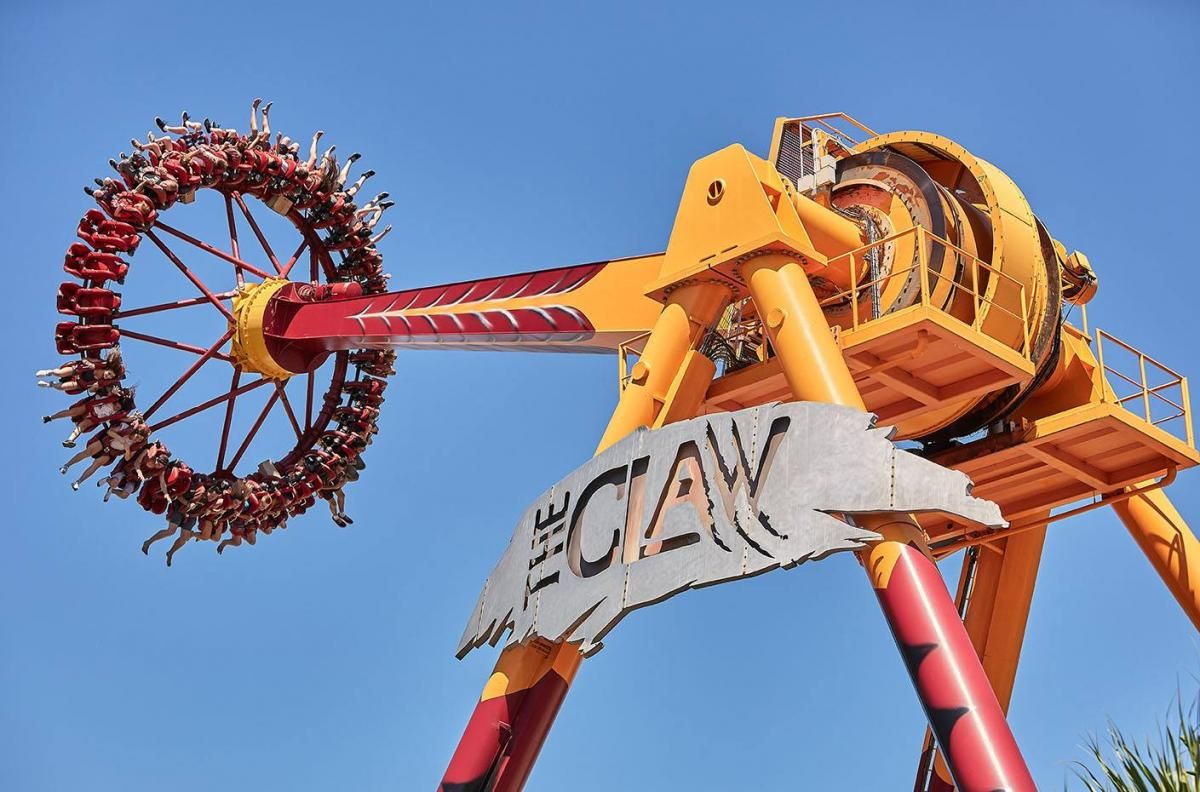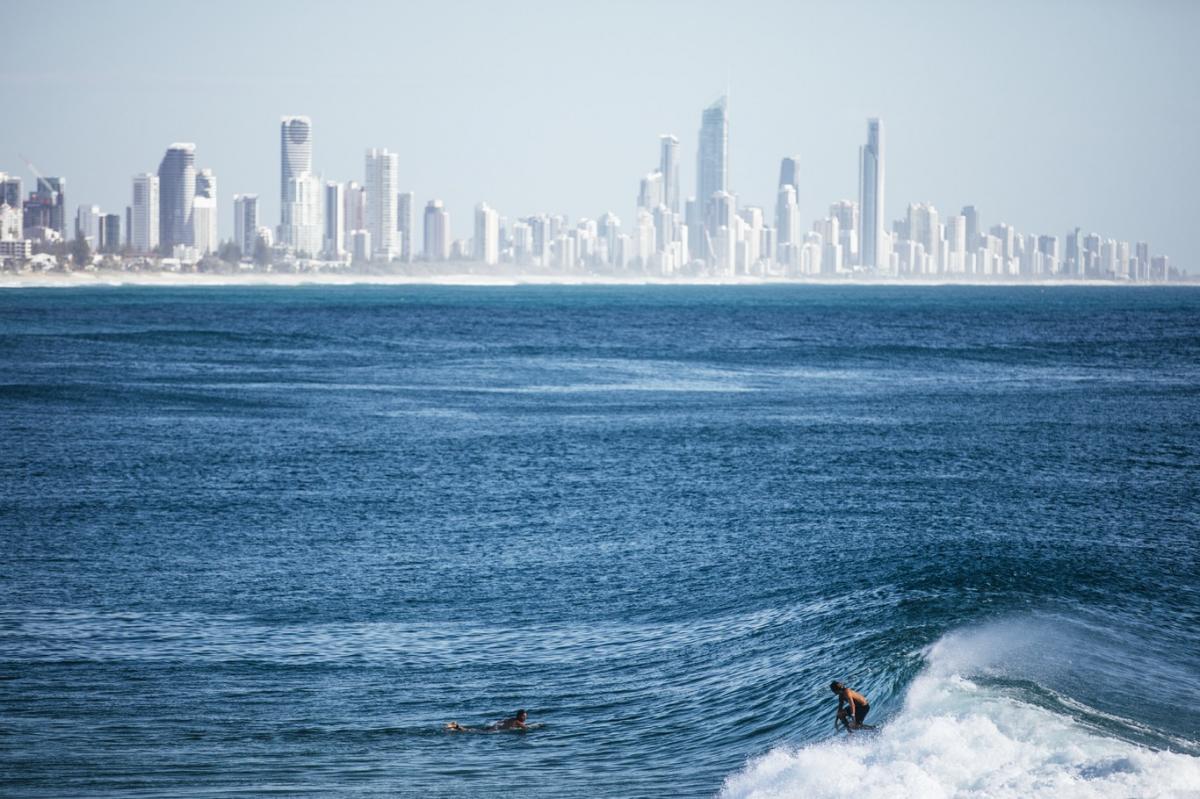Then and now; a story of the Gold Coast's ever-changing culture.
Then and now; a story of the Gold Coast's ever-changing culture.

Recently, I was compelled to visit Australia’s Gold Coast to attend a wedding of a dear friend meaning I once again found myself in a city that I called home for over two decades.
To those unfamiliar with Australia’s number one playground, perhaps a little background is required on why millions of national and international visitors flock here year in and year out.
In the late 1950’s the Gold Coast, then known as Southport, was just a “sleepy little town, just down the road from the state capital, Brisbane”. During the 60’s wily developers soon began to realize the potential of the region and the upshot has been that, today, the Gold Coast has grown to be the sixth largest city in Australia.
The attraction, of course, was its 42 kilometre stretch of magnificent and pristine white sandy beaches, crashing waves, a hinterland, replete with subtropical rainforests and a climate that is more than agreeable all year round.
Fast forward a few decades and a visitor’s first view of the city will be the hundreds of high- rise apartment buildings that line the shore. These tacky protuberances stand like priapic sentinels gazing out over the Pacific Ocean, each one aiming to be just that little bit taller than it’s closest neighbour. These days, 80 odd floors per building have become the norm where prices for apartments in these monoliths can run to an eye-watering $40 million for the sprawling penthouses!

The city has evolved into a premier tourist destination boasting over 75,000 hotel beds, forty golf courses, the highest concentration of theme parks in the southern hemisphere, over100,000 hectares of world-heritage nature reserves and some of the best surfing spots to be found anywhere on the planet.
With its infrastructure and myriads of attractions, it has in the last few years become one of the favourite playground of the ever-increasing middle-class Chinese visitors with 3.6 million making their way to enjoy the sand, the surf and of course the climate each year. They are now the chief source of tourist revenue by any ethnic group as laid out in a recent economic study which found that Chinese tourists spend more than one in four dollars of the total tourist revenue, over a 12 month period which is more than American and British visitors combined.
During the 90’s it was the Japanese who thronged these city streets and this influx was partially responsible for a massive construction boom when shopping centres, office towers and of course apartments sprang up like proverbial mushrooms.

However, unlike most cities, the Gold Coast is less insulated when subject to the vagrancies of the economic booms and busts that occur with frightening regularity and unfortunately, this is a place which always seems to get hit harder than most.
Running a business here was like being on a gigantic roller coaster where the thrills were often overshadowed by the nausea of a severe downturn. Companies that one thought were as solid as a rock often crumbled to dust within months leaving behind disillusioned laid-off workers, disgruntled creditors and banks left with mountains of debt.
And yet, Australians still flock to this paradise in the sun in ever-increasing droves, lured no doubt by the thought of owning one of the palatial homes that line the myriad of canals that have been created over the past twenty years or so, catering to those that ‘made it’ against all odds.
These artificial lakes and canals have long appealed to wealthy house-hunters keen to buy into a waterfront lifestyle, but they’re not alone in being attracted to the scenic backwaters as the vast network of canals are often infested with aggressive bull sharks.
Even after all this time the Gold Coast is a city battling to discover its own identity. As a premier vacation destination it comes in for more flak than any other Australian holiday spot; tacky, trashy, tawdry and “a forgettable must-not-see” kind of place are some of the less offensive insults that one often sees on Trip Advisor. Commuters and tourists alike spend a lot of time bemoaning the rise of horrendous traffic on the M1 to and from Brisbane where even the four-lane highway regularly becomes choked with the irate motorists.

Residents also have a serious love-hate relationship with annual phenomena known as ‘schoolies week’ Akin to Spring Break in Florida U.S.A., thousands of school leavers descend on the city to let off a little steam after finishing their high school education.
The high spirited kids are a boon to hoteliers, AirBnB owners and certainly the municipal council, whose coffers swell dramatically during the festivities. The annual bash has been labelled a teen fest of binge drinking, rowdiness and sexual promiscuity. I never understood the outrage as really does anyone expect the youngsters to descend on the Gold Coast and play monopoly or spend their ‘freedom’ week at the city library?
My stay this time around was truncated by a few days in Byron Bay but I still had plenty of time to wander the streets and beaches and find out what had changed during my absence.
Well, to be quite honest, not much really.
Sure, there were cranes on the skyline, erecting even taller highrises which all seem desperate to try and touch the sky. New and renovated mega shopping malls and a brand new light rail system that in my humble opinion travels to nowhere.
It’s a transient place and, from the sanctuary of a sidewalk coffee shop, I observed new residents scurrying hither and thither, flush with the dream of making their fortunes here, even though only a lucky few do so.
In its defence, it was a place that, in many ways during my extended stay was kind to me, allowing for the building of a successful company, the quality education afforded to my children and in general a relaxed lifestyle that no other large metropolis could offer.
And so, after a few days of wandering around, I concluded that life here has and perhaps always will stand still with only the new characters, who now make up the bulk of the population, providing any hint of change.
For me, it is and will always be a funny old place.
Paul v Walters is the author of several best selling novels and when not cocooned in sloth and procrastination in his house in Bali he scribbles for several international travel and vox pop journals.